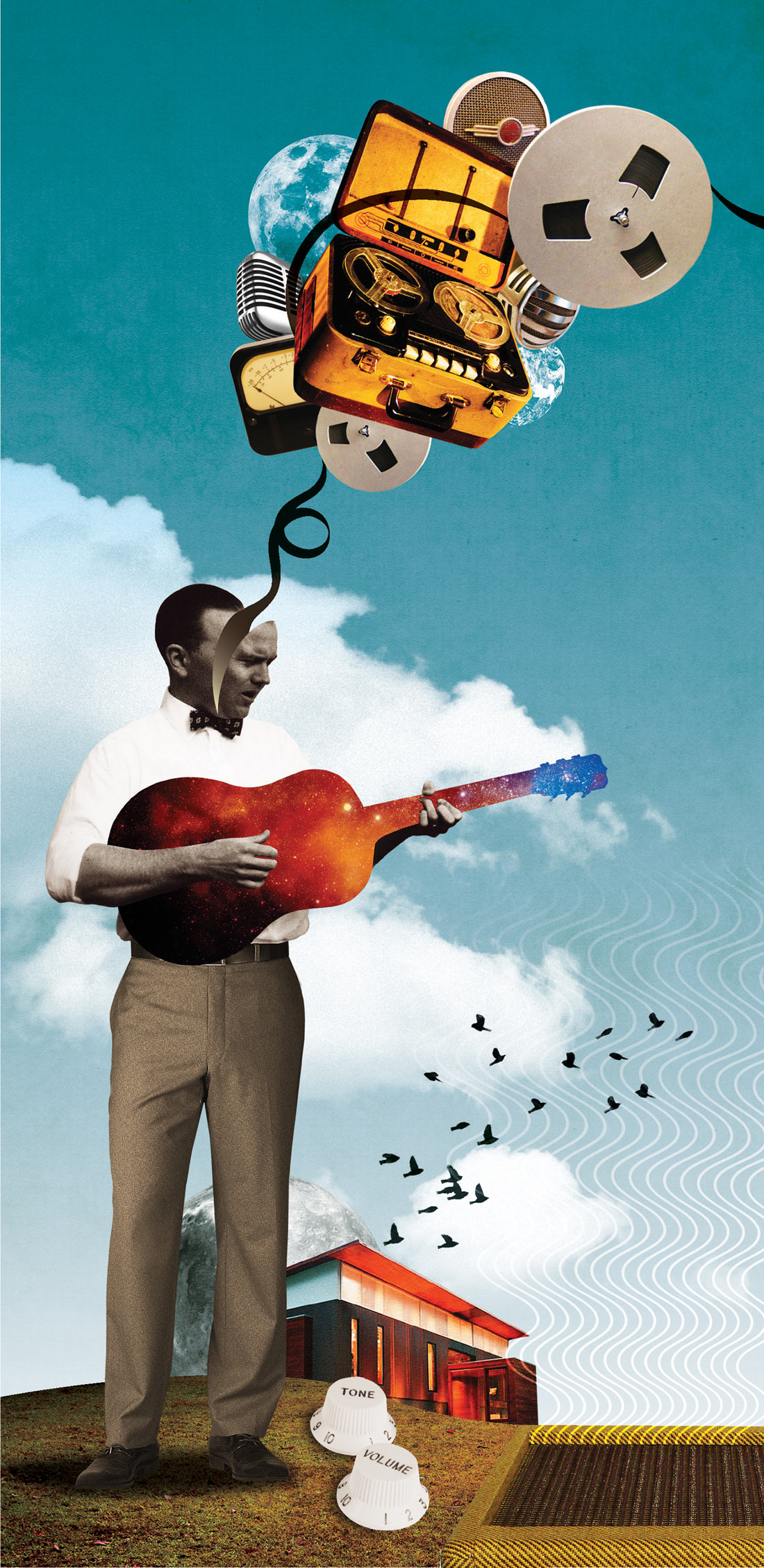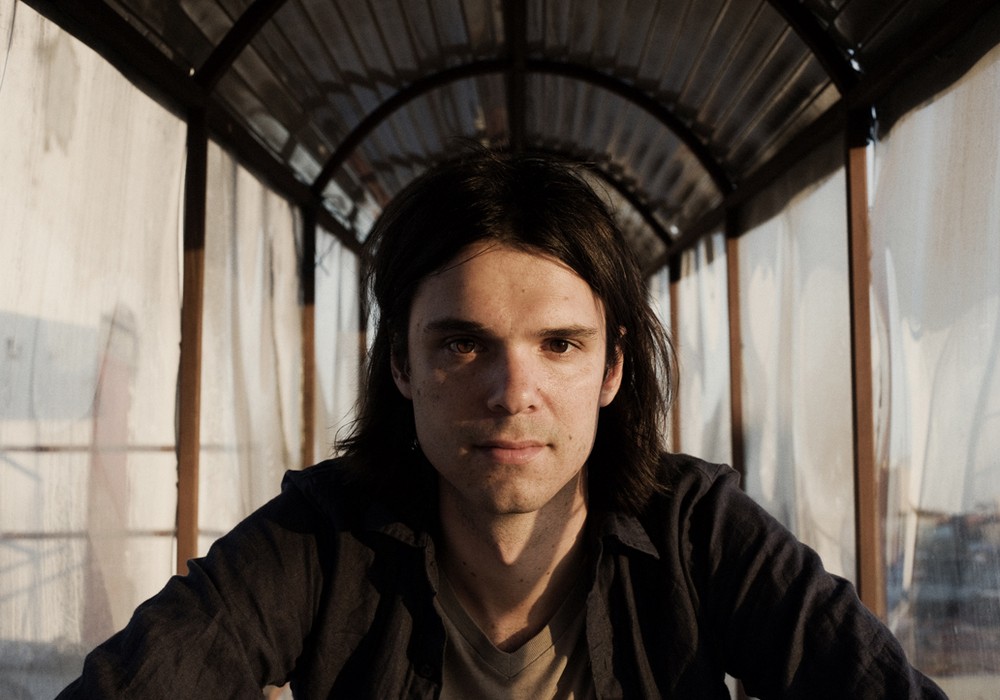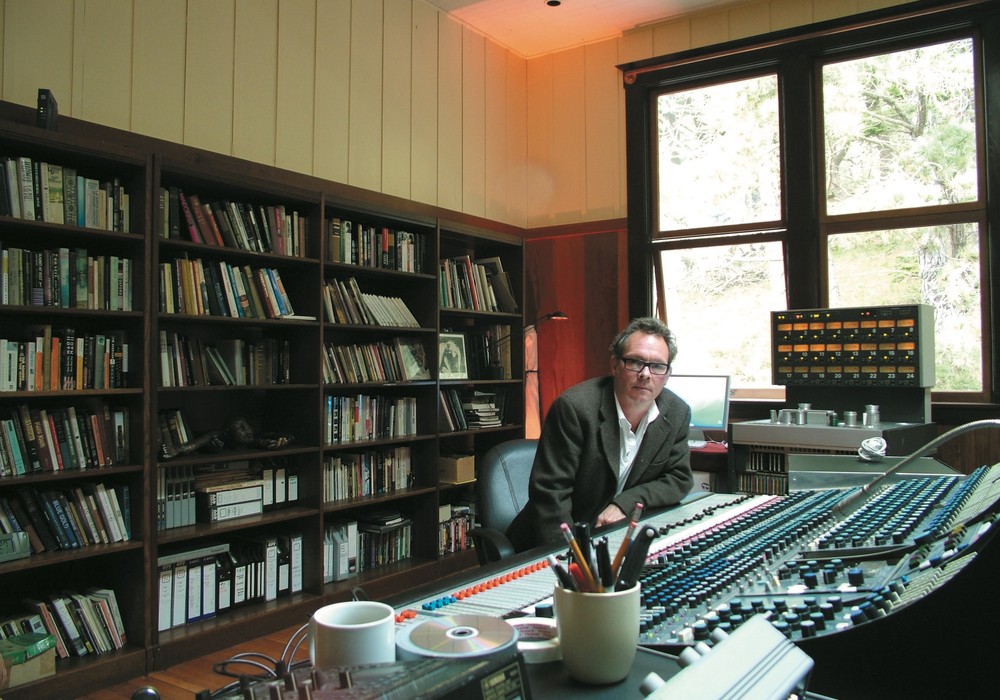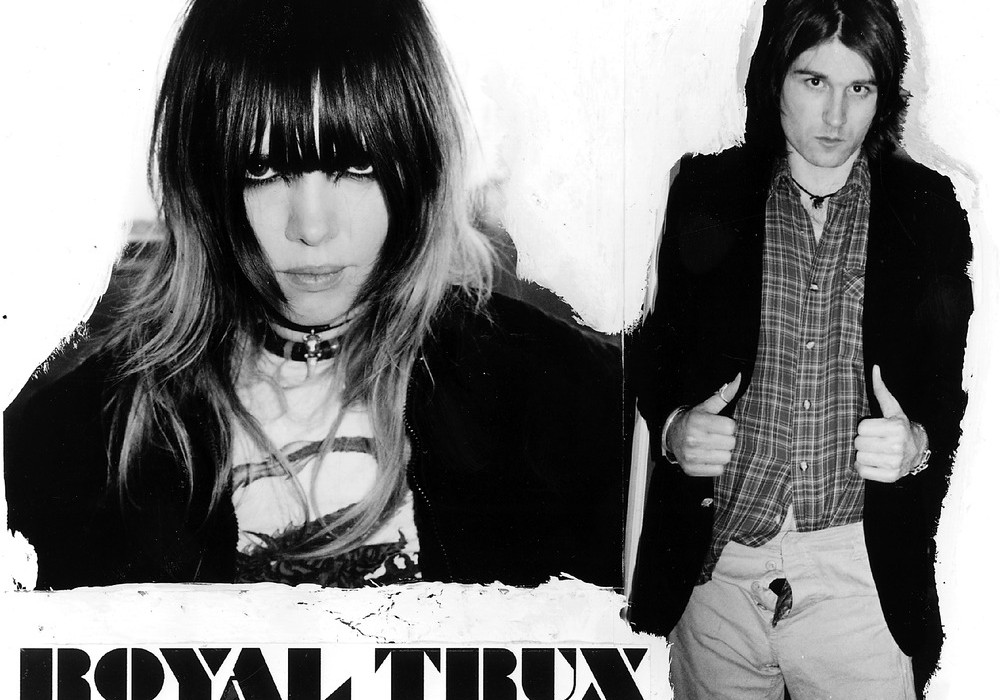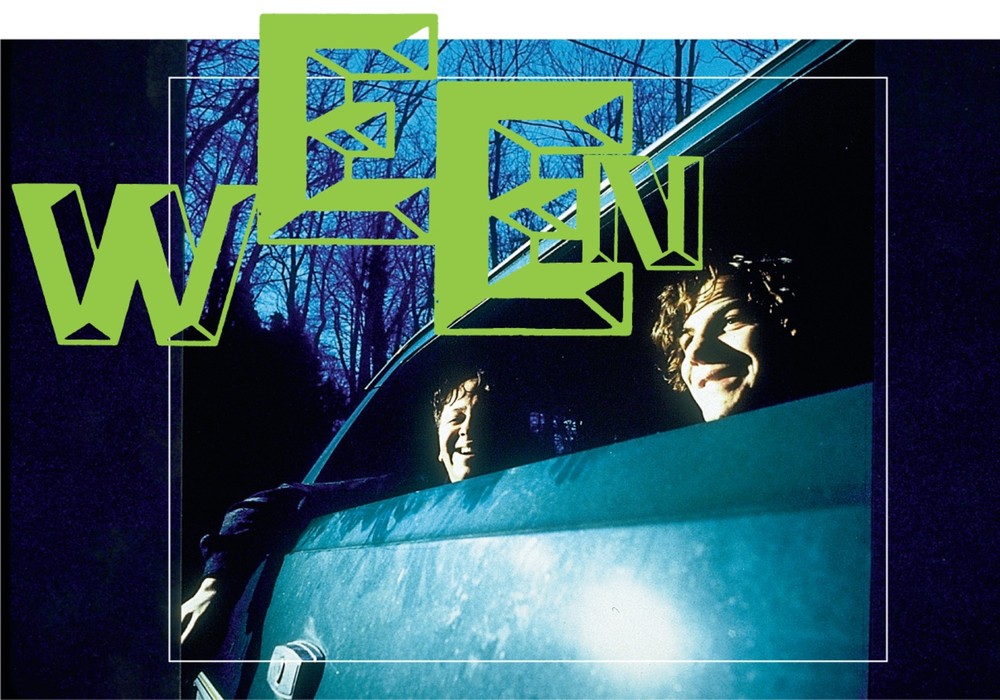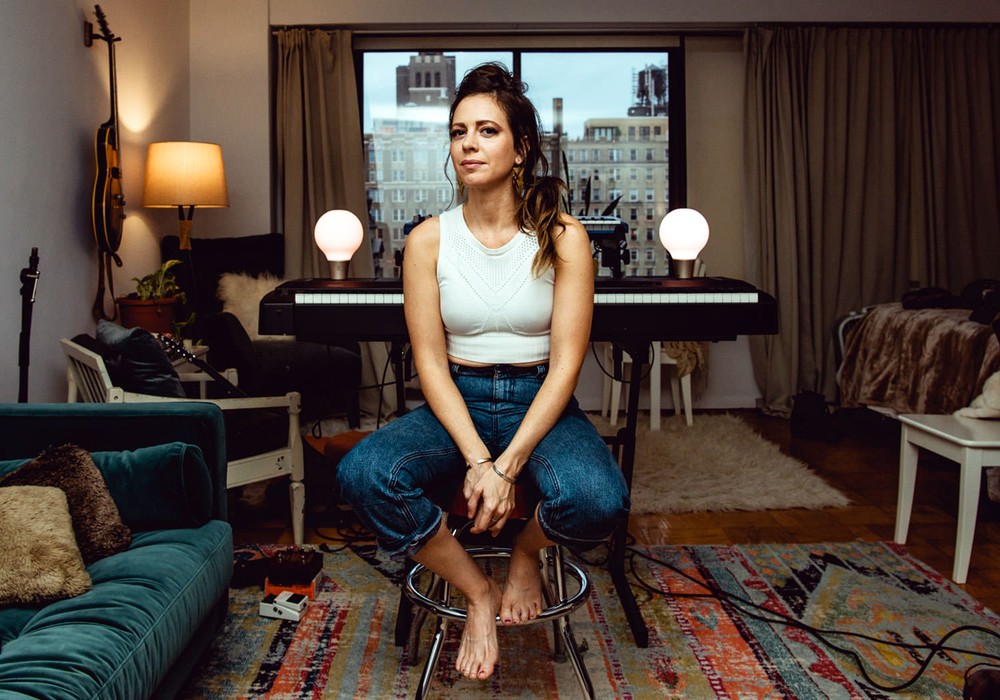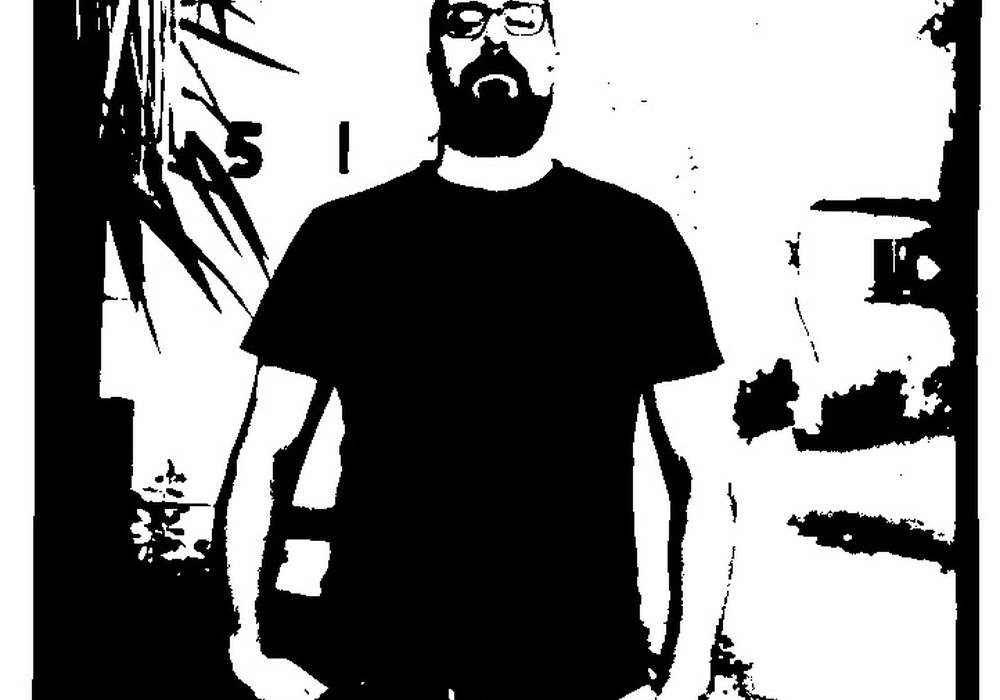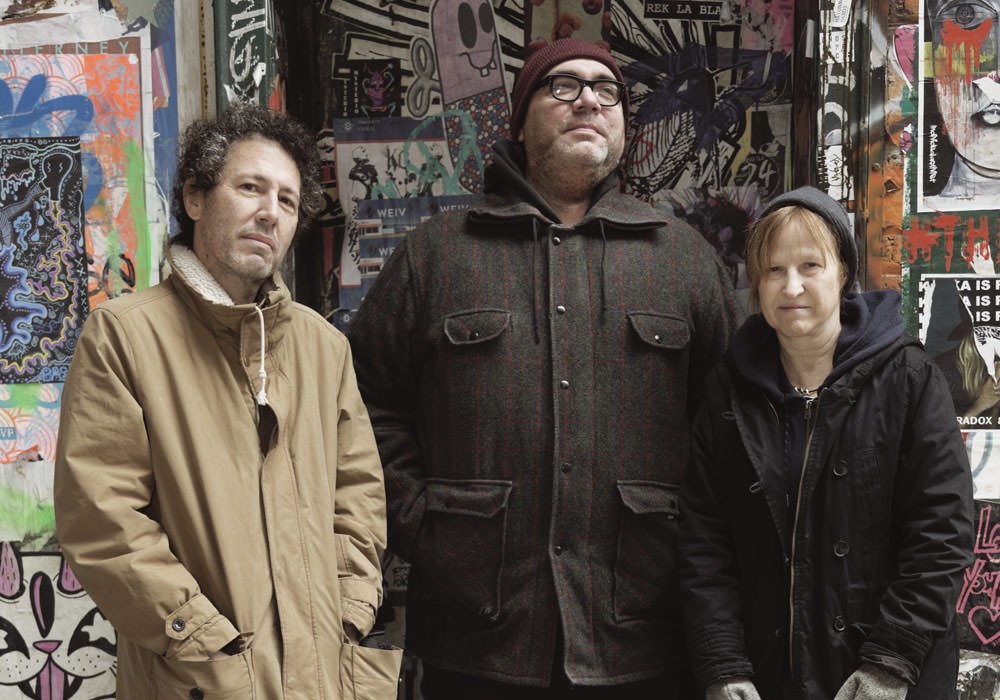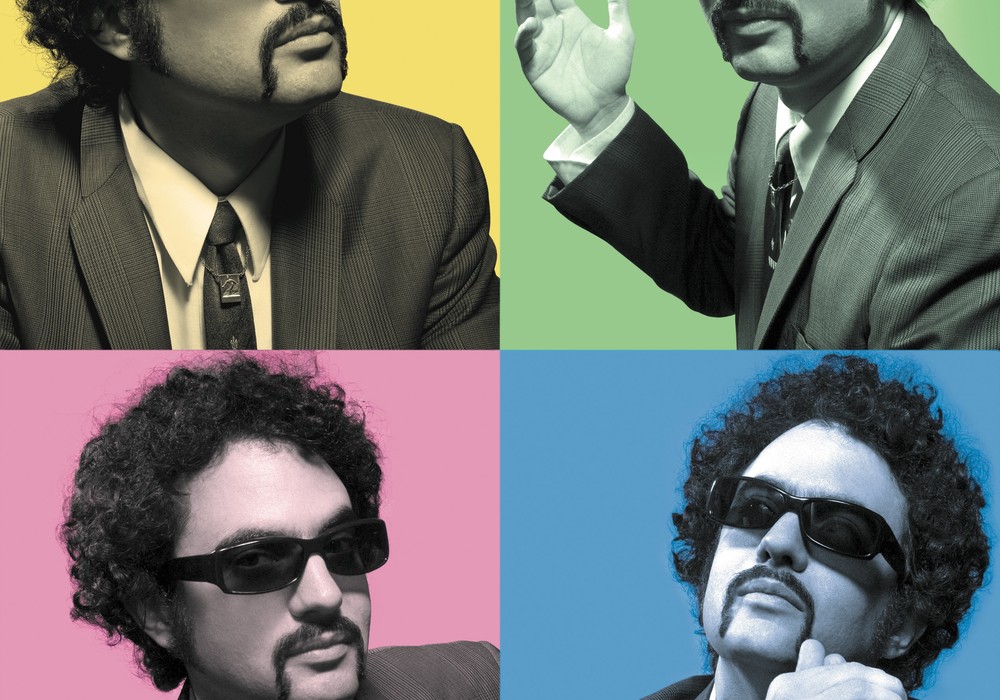The days of white lab coats at Abbey Road are long gone. Recording technology has never been more accessible to musicians, and there is a well-defined lineage of great artists who can both craft a song and perfect its sonic reality. The Dirty Projectors' David Longstreth is among the best of them. From home recording experiments to live orchestra cut-ups to hi-fi conquests, he's covered an intimidating amount of ground in ten years and twelve releases. The band's latest LP, Swing Lo Magellan, is the culmination of his abilities as a songwriter and an engineer.
Could you describe the recording setup for Swing Lo Magellan?
We rented this house in upstate New York about three hours from New York City. That was the house Amber [Coffman] and I lived in for a while as I was writing the songs. The process of demoing into making finished recordings was a pretty seamless one. A lot of the recording was super casual — more just about the vibe of the performances. In making demos of the songs it was just like "get the idea down as fast as possible." The intention was to go back later on and re-record things in a more professional or hi-fidelity way, but we found that so many of those early first takes had this real vibe to them. When we set up to record the rhythm tracks, there was an attic that was this pretty tight 'A' frame triangle shape and wood every surface. The room itself was just gorgeous. We set the drums up at one end. From there it was about setting up the bass cab in a way that was isolated, and we put the guitar amp down on the second floor so we had control over that.
The room wasn't big?
No it was pretty small.
Maybe the reflections of all the wood made it sound bigger...
When I listen to the album it doesn't sound big — it sounds really close and really tight. We were into those Glyn Johns recorded Stones records — things like that.
So a lot of it was tracked live together?
For sure. The rhythm section stuff, not the vocals. It's always tricky because with Dirty Projectors songs there's often a collage-like element. So, on a song like "Offspring Are Blank," the chorus has this really naturalistic sense of space like it's really being played in a room. Then the verse has this huge [Roland] 808, a crazy weird manipulated cabasa sound, and double-tracked, three-part harmonies hard-panned on either side — so that's a very artificial or surreal space. On this record, as with a lot of the records that I've made, there was that challenge again and again of juxtaposing these different kinds of space.
Within one song...
Yeah. Song-to-song or within one song.
How did you get the drum sounds for the record?
We had three drum "templates" for different kinds of tones because we were recording 40 songs. We split up each of the numbers into these different templates. One was based on [John] Bonham, one was based on Charlie Watts/Ringo, and the other was just a looser thing. Donato Paternostro, our drum engineer, got the multitracks for a Stevie Wonder song, so the third template was based on the Stevie vibe.
Was the third template the one used for "Gun Has No Trigger"?
Yeah.
Love the drums on that one. So you have the aggressive one, the "Stevie" medium dynamic one, and then maybe a mono overhead setup for a song like "Impregnable Question"?
Actually that snare and kick is just a [Shure] SM57 pointed in the vicinity of the drums — it was the original loop from the demo. It had a nice kind of loping quality; a nice unevenness. One thing that was part of the discovery of the recording process was [deciding] when it feels good to have the naturalism of something that's truly played and when you want to push the artifice of a looped thing — an uneven loop, a shitty loop that has a cool groove on it. The drum loop on "Impregnable" totally has that for me. "Gun Has No Trigger" has it as well. It kind of cuts and lopes over itself. Another aspect of the "Gun" loop... I just love how the beats are put together in It Takes a Nation of Millions..., the Public Enemy record, and just how fucking messy and raw those grooves are. There will be like two or three different kick drums from all the samples he's layering, and each of the kicks has its own quality. He'll kind of stratify the kicks sonically; one will be like mostly sub, one will be kind of woody and higher, and maybe there's one...
